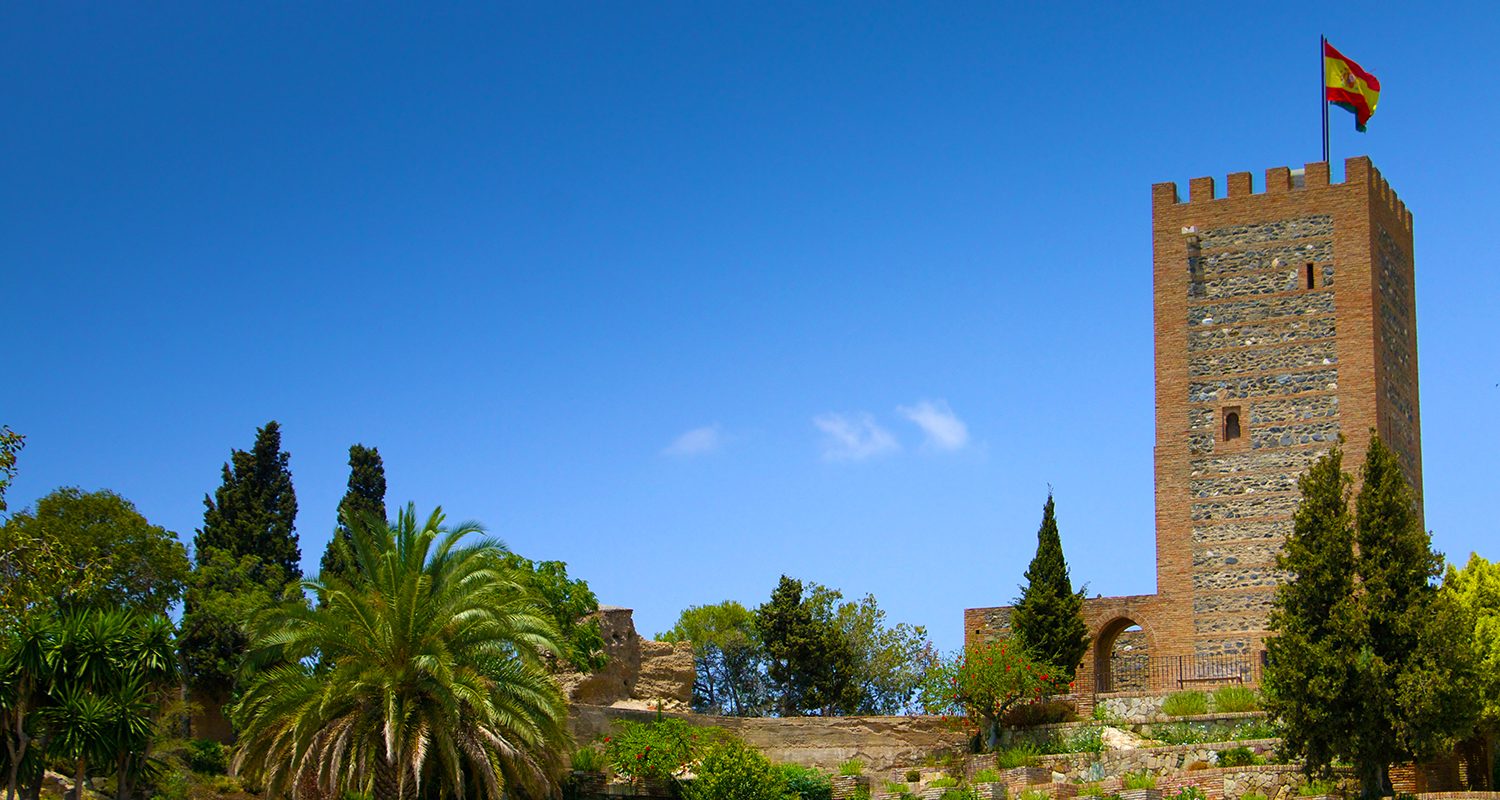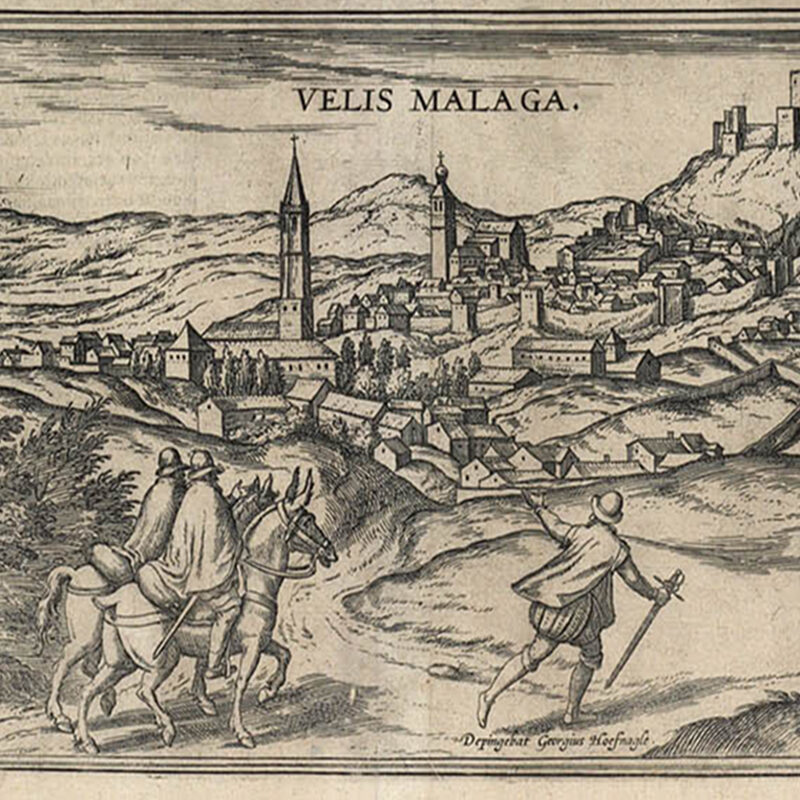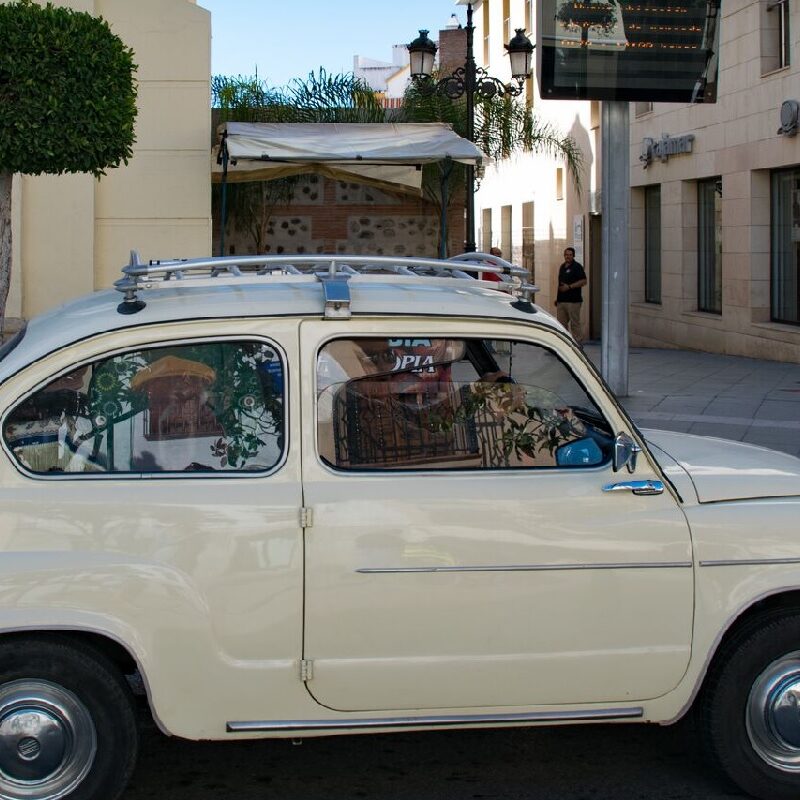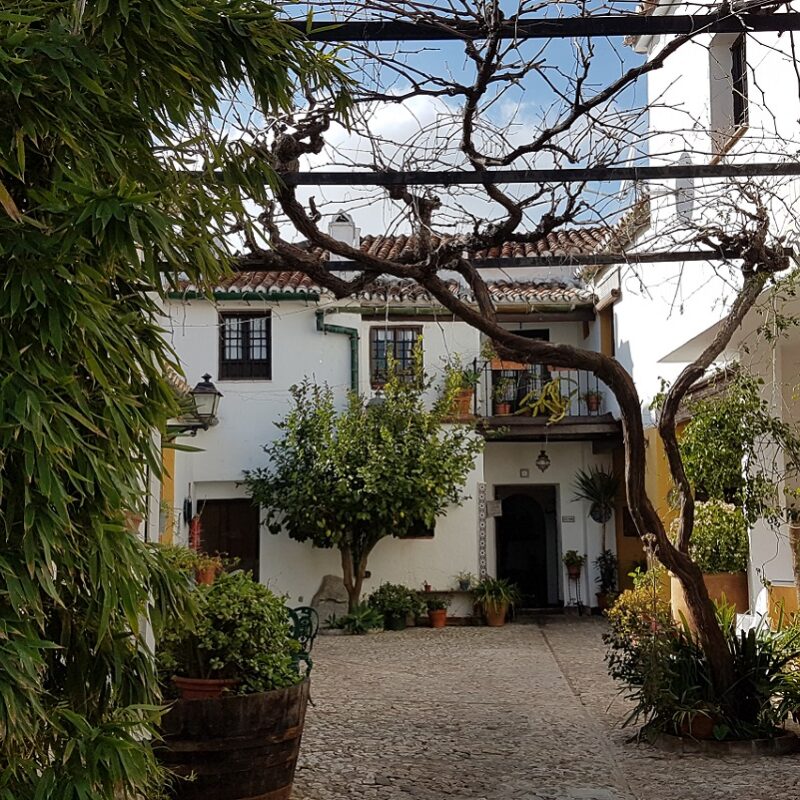Having loomed over the Velez skyline for more than a thousand years in one shape or another, the Fortaleza is the town’s most iconic sight…
It’s a great monument to visit as you can explore the fort itself and take the stairs up to the top to see fantastic views over Velez, the mountains and coast.
Velez-Malaga’s Alcazaba, or ‘Fortaleza’ as it’s more commonly known, was built in the 10th century. Originally, it was intended not to defend but to subdue the local population, who had traditionally caused a lot of problems for the Moorish rulers.
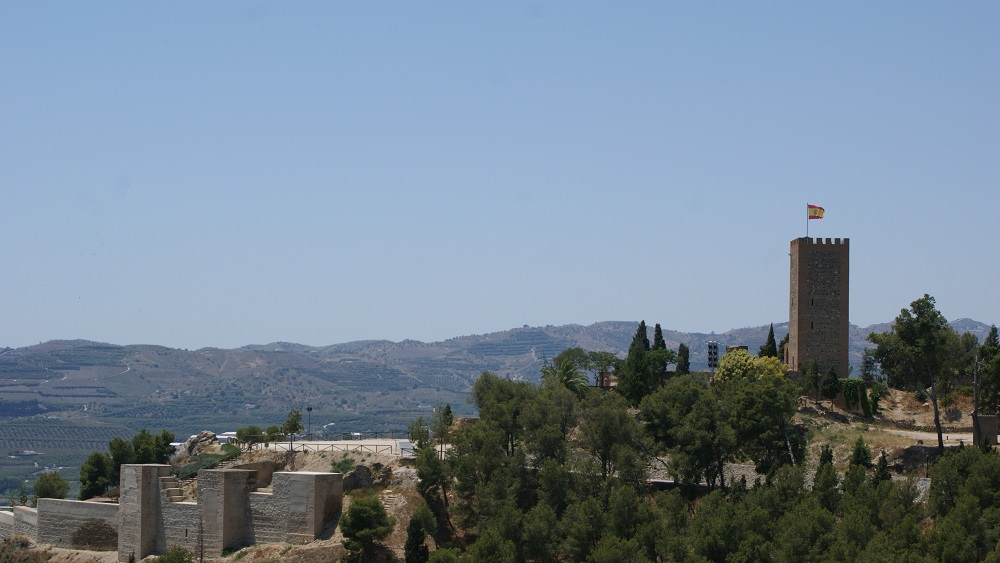
Built on the tallest hill in the immediate area, it was the perfect site from a military point of view, affording long distance views of oncoming enemies and an easily defendable geographical location. The location also made the fort incredibly imposing on local life; always visible to those who might have been plotting against the rulers. The fort was a display of power designed to put down any uprisings or rebellions from the Andalucian locals.
Over the next 500 years, Velez’s fort remained largely the same. At the beginning of the 14th century, the Nasrid kingdom of Granada grew in prominence and solidified Moorish control over the Iberian Peninsula. By this time the population around Velez had come to consider themselves Moorish and the fort was no longer viewed as a symbol of oppression but one of protection.
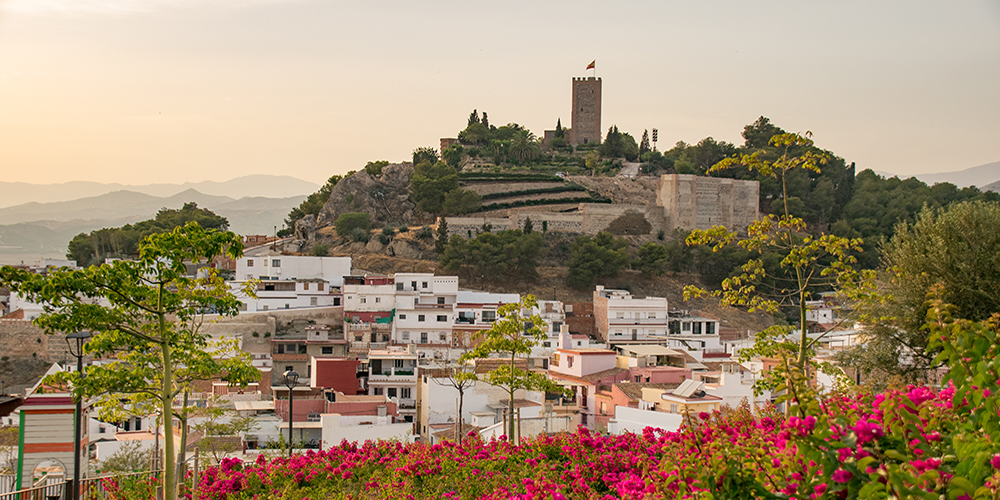
Threat of the Reconquista
The function of the Fortaleza changed dramatically at this time as it became one of the most important strongholds in the Nasrid Kingdom. The outer walls of the Alcazaba sheltered and protected the local population and the buildings inside the inner walls provided a great level of fortification in the event of attacks on the area. Velez (then known as Ballix-Malaga) had also now become an area of huge strategic importance to the Nasrid Kingdom, lying on a key route that allowed access and trade to Malaga and the coast from the Moorish capital of Granada.
The Rio Velez was far larger than we know it to be these days and allowed transport of heavy goods between the two cities. The fort at this time protected those on the route from bandits and others would-be hijackers of the large boats and goods wagons.
The fort during this time afforded such prosperity to the area that people began to build houses outside of the protection of the walls in order to capitalise. This is now the old town of Velez-Malaga – if it weren’t for the fort, the town may never have grown to be what it is today.
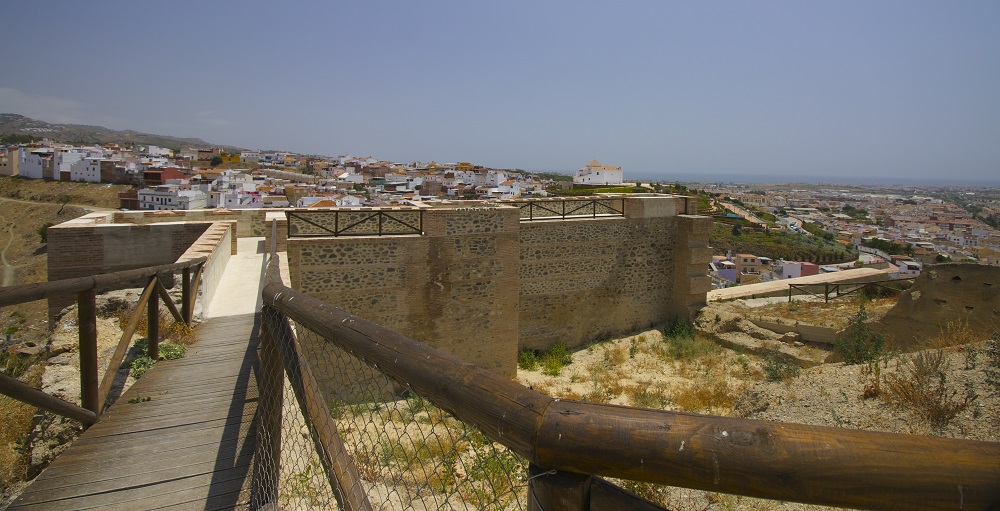
Christian Forces Move in and Take Hold
During the late 15th century, the Catholic Monarchs had made huge strides into the Nasrid Kingdom and were getting close to capturing the capital of Granada itself. Christian forces first managed to capture a King of Granada in a swift battle in the surrounding hills of the Axarquia, although the fort wasn’t directly involved in the confrontation.
Christian King Fernando eventually conquered the fort of Velez-Malaga in 1487 and then continued to place Malaga proper under siege in the same year. Both forts eventually fell and Granada was left isolated. Granada finally fell just five years after the fall of Velez-Malaga, spelling the end of Moorish reign in Spain. Muslims and Jews were expelled from the area and fled to Northern Africa, or were forced to convert to Catholicism.
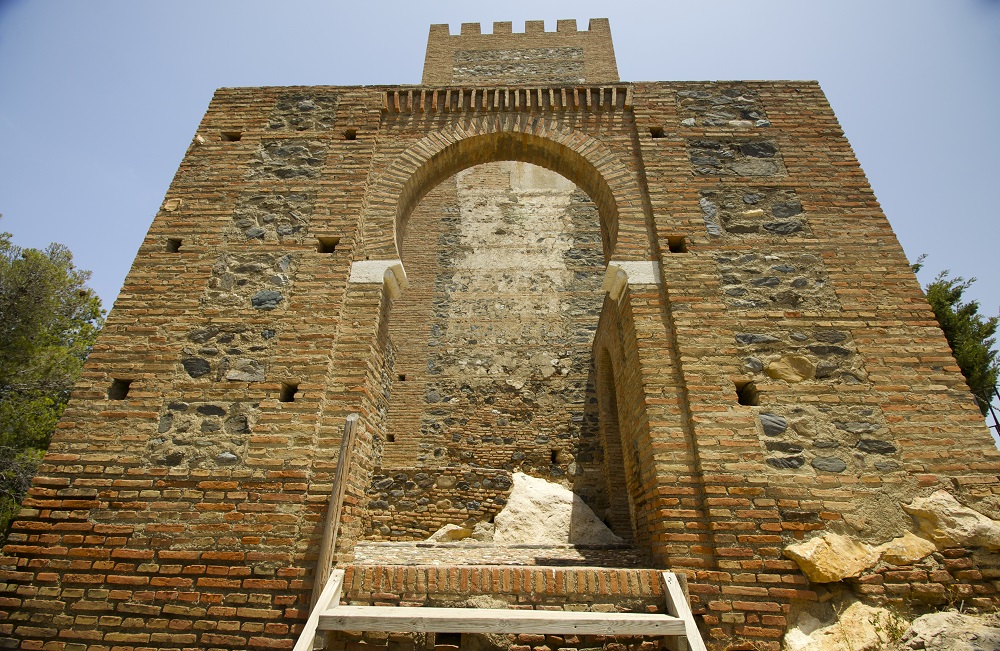
The Fort Protects Against Marauders
Spanish explorer Christopher Columbus had discovered the new continent of South America in 1492, the same year that Spain was reunited. Other European super powers had also discovered North America in the same year. A global time of opportunity had begun and the country turned its attention to the wider world and the competition between nations that went hand in hand with it.
During the 16th century the competition between European nations was reflected in a shift in function for the Velez fort. The surrounding coastline was dotted with small towns that were separated from one another by vast tracts of land. Dutch, British, Spanish and Moorish pirates and privateers on the Mediterranean took advantage of the now poorly defended villages and settlements to raid for slaves.
Velez became one of a system of forts along the coast. From its position on the highest point of the area, the fort would provide advanced warning to residents of approaching raiders or oncoming enemy armies and then shelter residents until the danger had passed.
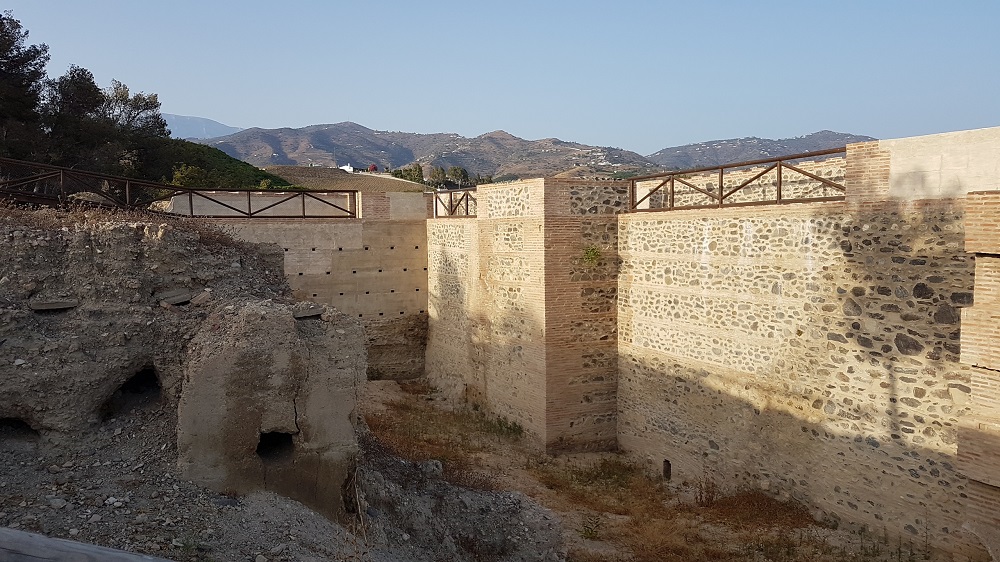
The Fort Protects Against the British
In the 18th century the British captured Gibraltar, opening the door to fleets of British privateers to raid freely up and down the Andalucian coast all the way to Malaga. During this time Velez’s Fortaleza became part of a chain of warning signals that would be lit upon sighting of these forces at Gibraltar as a way of warning the fort at Malaga to prepare for attack.
No Longer Needed the Fort Falls into Disrepair
At the end of the 19th century, the need for forts had diminished so drastically that the hilltop on which the Fortaleza sits was assigned for use as a quarry. The buildings fell into disrepair and were closed to the public.
Re-birth and Re-construction
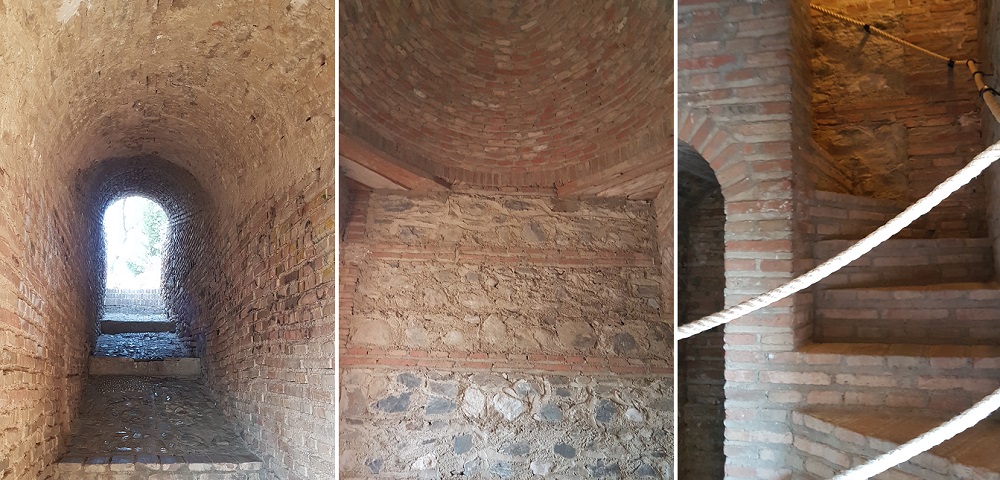
Proper reconstruction of the main castle keep began in the early 21st century and was completed in 2013 at a cost of over €65,000. 80% of the cost was provided by the EU in recognition of the historical and cultural significance of the fort. Today, only the Torre del Homenaje (the castle keep) and some of the inner walls have been restored as an example of what the buildings would have looked like in their former glory.
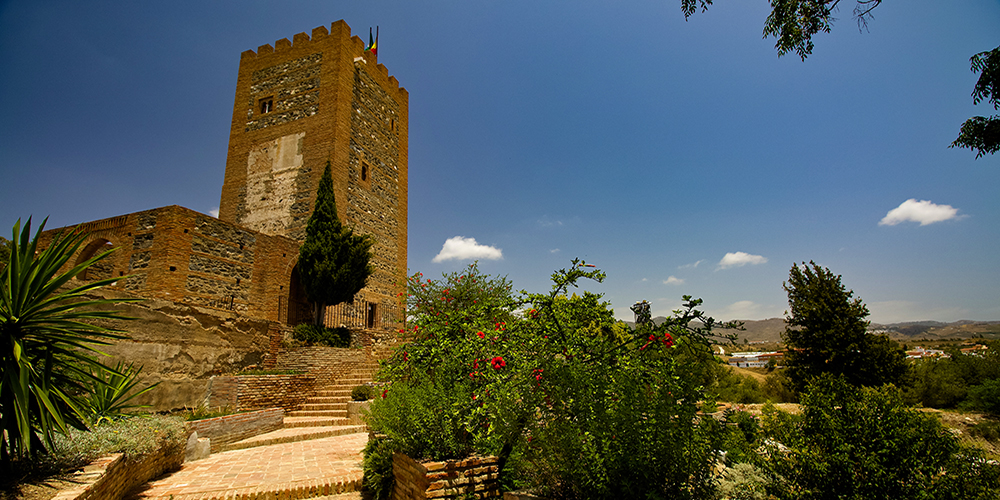
The Alcazaba Site
The main keep and south-facing castle wall are the only parts of the original site that have been fully restored. You can also see remains of many buildings around the site. All of these buildings are from the last time that improvements were made to the Alcazaba, with the 18th-century occupants installing the latest in military equipment at the time.
Remains of a fortified stable building can be seen around the courtyard within the inner castle walls. The courtyard was built in line with best military practices of the time and was used to store weapons for local troops. The semicircular wall to the south, facing the sea, originally housed six battery guns that would have been a first defense against attackers coming from the ocean. Around all of the inner castle walls there was originally a moat, although traces of this are hard to find.
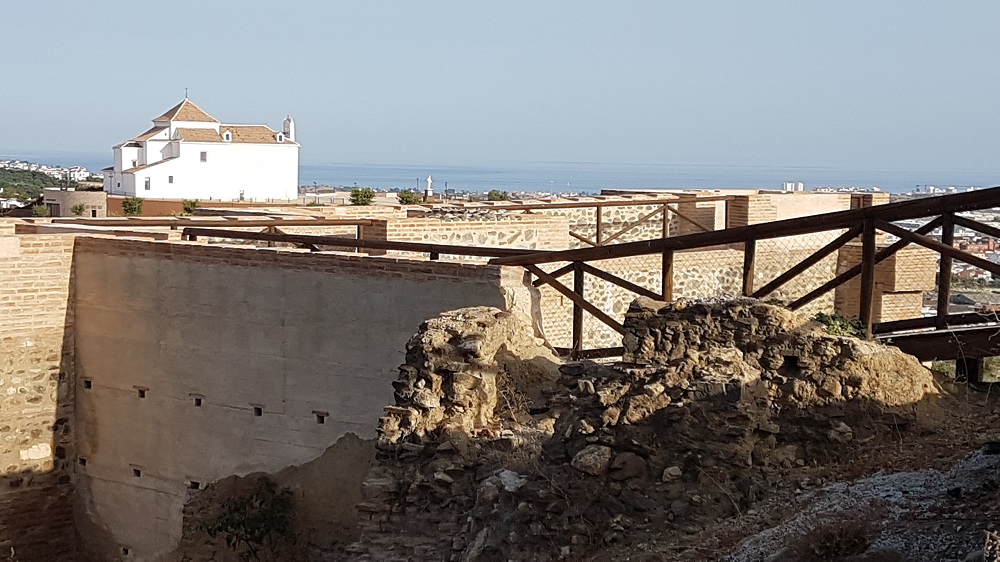
How To Get There
As with many sites in the Axarquia, the Fortaleza isn’t particularly well signposted. From the old town on foot, follow signs for ‘La Iglesia de Santa Maria / Museo de la Santa Semana’. You’ll walk past the Fortaleza en route to the church; just loop around the walls and you will eventually see the entrance to the site. By car, the best way is to come from the north of the town not through Velez itself. Head for Calle Puerta Granada which will bring you around the outside of Velez-Malaga and up to the entrance where you will see the main gate into the fort complex. There is plenty of parking inside the fort complex. If you take the tourist train in the summer, the fort is on the route and the fortress itself will be opened for you.
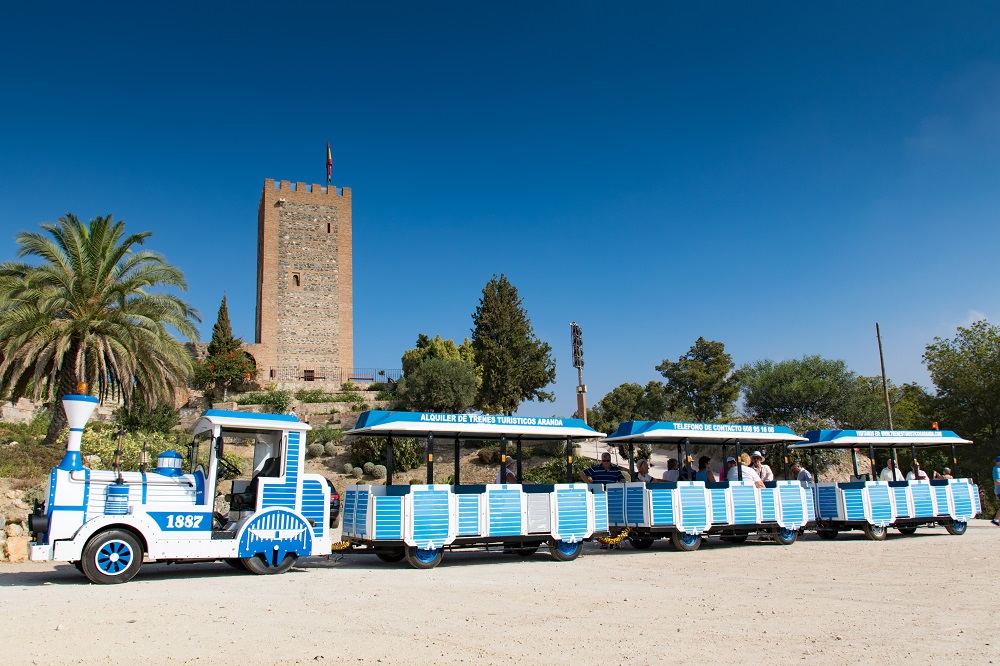
Address: Calle Palafranero Sebastián Sáncez, 28. Tel: 952 50 03 40. Open: Site, Every day 08.00 – 21.00. Fort climb, Tues – Sat 10.00-14.00hrs and 17.00-19.00hrs, Sundays 10.00-14.00hrs. Cost: free.

